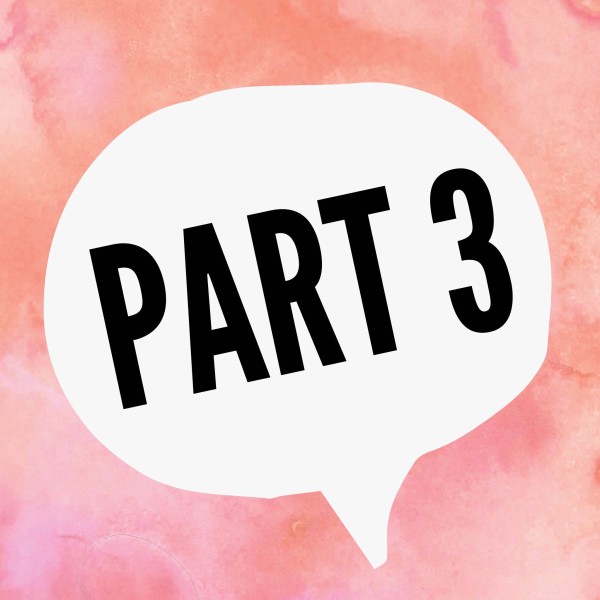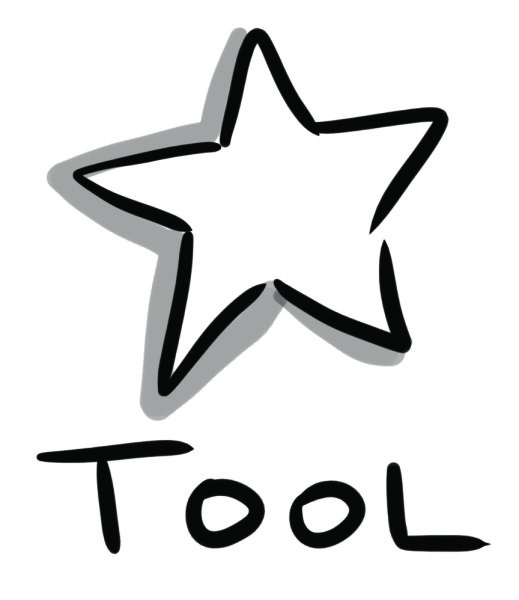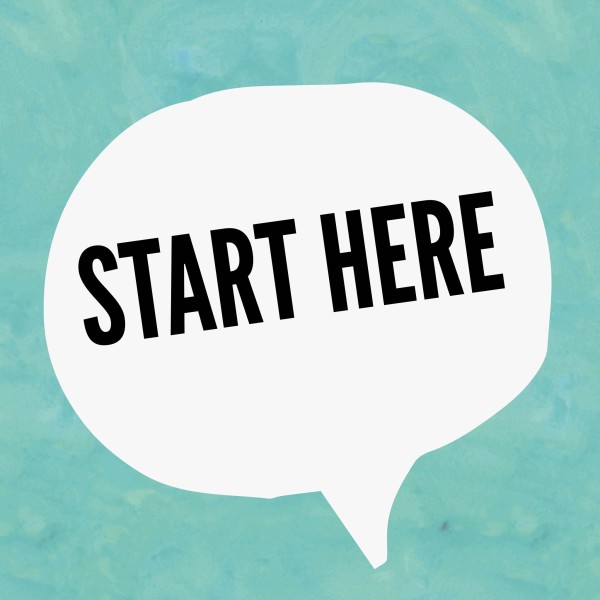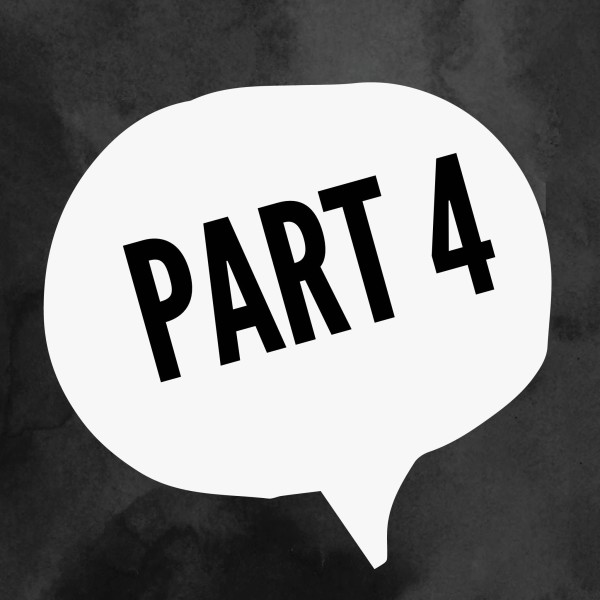Cultural Safety and Graphic Facilitation: Using our Hearts
 Third in a series about cultural safety and graphic facilitation.
Third in a series about cultural safety and graphic facilitation.
Here, I look at how graphic facilitators can use our hearts, in order to better understand how emotion and empathy can be utilized in graphic recording sessions.
I’ll offer concrete strategies to help us build stronger connections and relationships.
THE HEART: EMPATHY IN Graphic facilitation
 Be aware of what triggers me emotionally. Build my own resilience. Define my role in the room. Show stories of success, not just trauma. Be humble.
Be aware of what triggers me emotionally. Build my own resilience. Define my role in the room. Show stories of success, not just trauma. Be humble.
Graphic recording intense stories and histories requires empathy. My colleague Kelvy Bird wrote to me that “the work we do is not emotional, but generates emotion in us and others, and involves accessing empathy through it all.” Developing empathetic listening and relational skills as part of Cultural Safety is more important than a new set of icons.
It’s important that I am not swept up in strong emotions that pull me out of the meeting and into my own inner world. The first time I heard an elder tell me about their traumatic experience in Indian Residential School while I was working, I froze. I knew the histories—but how could I make art that did this justice? I needed to come back to center quickly, because my role was to make images, and capture her story, not mine. The key is building my own resilience.

An approach that keeps cultural safety to the forefront is to introduce myself in a culturally respectful manner where I describe where I am from and acknowledge whose territory we are meeting on and thank my hosts. This builds relationships based in the processes of cultural humility. Similar to any instructor or facilitator standing in front of the (class)room, the graphic facilitator has a position of authority in the room, so it’s important to me that I tell the group how I am there to amplify their voices, and put their needs first. The person with the markers doesn’t make all the decisions – I’m there to follow the group! – but it’s crucial to acknowledge this. Working live, I can explain that I can make adjustments to the posters as needed. I can also confirm with keynote presenters or participants one-on-one about the way I’ve captured their words. Contractually, I ensure that First Nations organizations retain ownership/copyright of the images, using the principles of OCAP (c): Ownership, Control, Access and Possession.
Engaging with participants while self-reflecting about visual processes is a praxis: it can lead to more questions, which lead to new, better approaches to the work. Participants may experience legitimate doubts about raising “concerns” with the graphics—they might feel their feedback would “ruin the pretty picture,” they may know race or culture is visualized incorrectly but are unsure how to “fix it,” especially around a sensitive issue such as race. Therefore, the responsibility is up to me to actively check with participants about their experiences: I can create the safety for people to approach me. While doing longer term illustration projects and developing imagery, I often ask my clients if we can directly engage community feedback via elders, an advisory group, or an informal network, and I am open to feedback during all stages of creating illustrations.
 Suggested tools: Build capacity for respect, and find ways to stay grounded
Suggested tools: Build capacity for respect, and find ways to stay grounded
When I work from a place of empathy, it gives me joy. There are as many ways to build empathy as there are people. We can build empathy toward others by being honest about our own culture, and strive for open-mindedness through cultural humility to learn, honour, and respect other cultures. We can demonstrate empathy in our actions: giving people our full listening focus, or being attuned to body language. We can nurture our spiritual selves so we arrive to our work balanced, and have the capacity to build even more empathy. When we are thrown off balance or triggered, we need tools to become re-centered and return to the present moment. Breathing, moving my body, self-soothing with a drink of water, anchoring my feet by pushing them into the floor, or engaging in self-talk help me while I’m working. When I’m engaged in community-led processes it helps me move from reflection to action, and gives me joy- listening and taking direction from leaders in the room about what’s needed.
How do you negotiate emotions and empathy in your own graphic recording sessions? what strategies work best? Please feel free to share your experiences or suggestions in the comments section!
* * * * * *
In the final post in this series, I explore how our hands can be best used to ensure that our work is representative of the people with whom we are working with, and outline core competencies for cultural safety.


2 comments on “Cultural Safety and Graphic Facilitation: Using our Hearts”